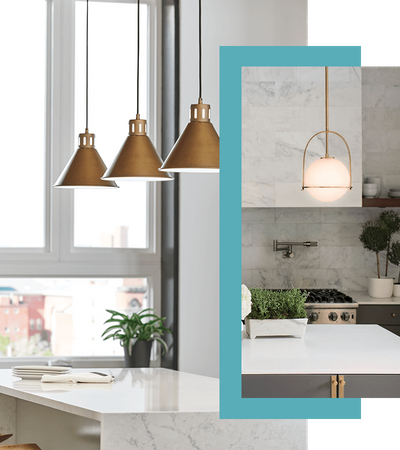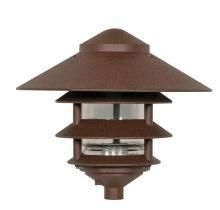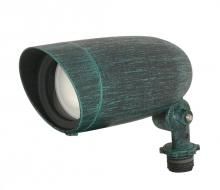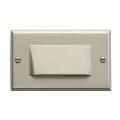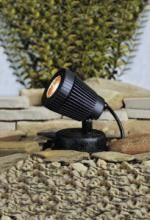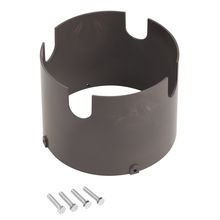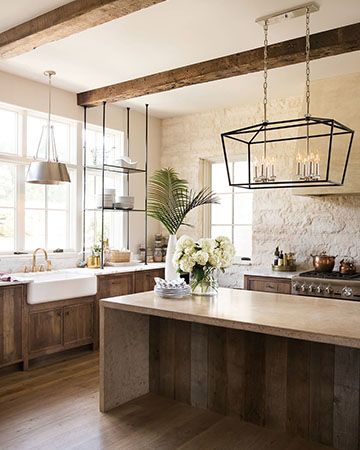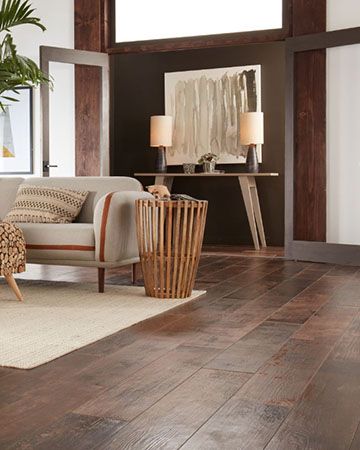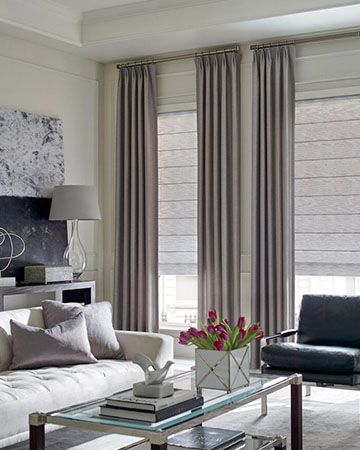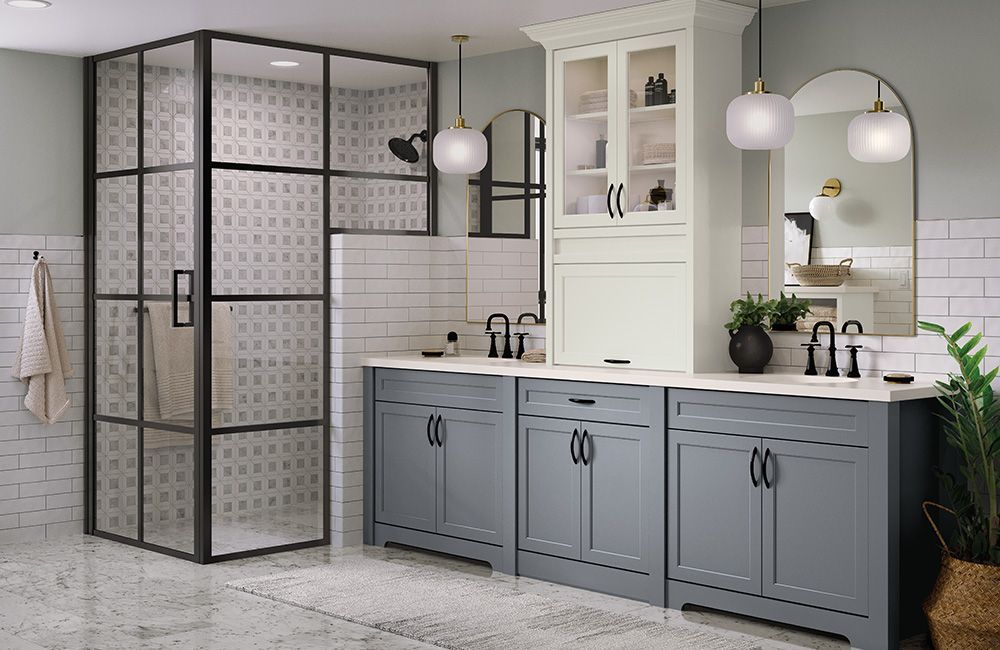Landscape Lighting
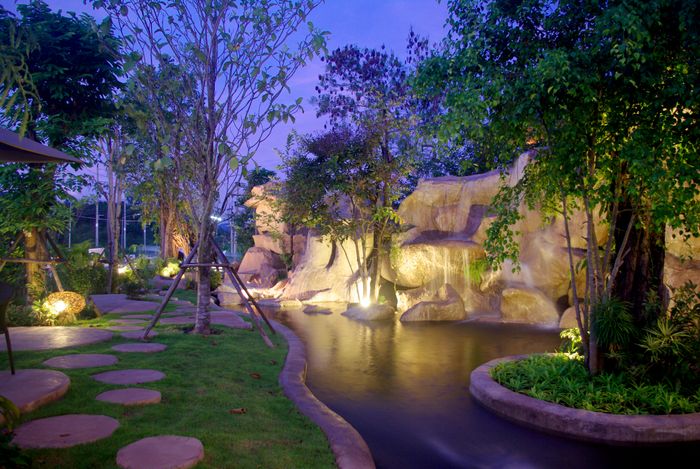
Beautiful Landscape Lighting Solutions
Investing in your outdoor lighting goes a long way in increasing your curb appeal, creating a warm and inviting atmosphere, and keeping your family safe as you navigate your property in the dark. One of the best ways you can do this is through the effective use of landscape lighting. Shelby Design Center is the region’s trusted source for all your illumination needs. Our local lighting showroom is stocked to the brim with an impressive selection of landscape lighting products. No matter what your brand, style, and budget needs are, our lighting experts are here to help you create stunning lighting solutions. When you need lighting expertise in Shelby Township, there’s no one more equipped to meet your needs than the Shelby Design Center. You can browse our selection of top-tier landscape lighting online or by visiting our showroom. Thank you for your interest in the Shelby Design Center!
Landscape Lighting Fixtures Broken Down
Being familiar with the various types of landscape lighting is a vital part of developing the proper lighting strategy. Each of these fixtures listed below have a specific way they’re designed to be used — not that we don’t encourage creativity! — and you’ll usually get the best results out of them when you have some understanding of what that is.
Listed below are some of the major types of landscape lighting we carry here at the Shelby Design Center:
Path Lights
One of the primary purposes of landscape light fixtures is to ensure you have the right amount of light to navigate your way through the darkness. Path lights are helpful to place along walkways to ensure you stay on the walkway and avoid tripping hazards. However, their purpose is not purely utilitarian. Thanks to modern trends in pathway lighting, you can also utilize highly decorative features that bring great aesthetic value. Pathlights are also great for drawing attention to flower beds.
Spot Lights
When landscape lighting is mentioned, chances are your mind most likely pictures spotlights. Spot lights are versatile and highly effective for drawing attention to trees, landscaping, or even hardscaping features in your yard. Spot lights can be used to create silhouettes or even backlight these features. They can also be used for uplighting and downlighting. Spot lights come in a variety of bulb types and colors as well as beam widths. There’s simply no end to the ways spot lights can be creatively utilized!
Step Lights
Like other types of landscape lighting, the effective use of step lights can greatly aid in safely using outdoor staircases at night. However, a well-lit staircase is something that’s quite lovely to behold. You can hide step lights right under the rim for a gentle glow. You can also use them in on the side of your steps in an alternating left-right pattern as you make your way up the stairs for something truly unique!
Well Lights
These low-profile landscape lighting fixtures are actually installed slightly below the ground and are best for illuminating surfaces just a few inches off the ground. They’re great for lighting tree trunks or pillars. You can even choose an RGB fixture that not only has various colors, but also color-changing modes. These are also helpful to place in areas where you’ll need to mow over or there’s heavy foot traffic.
Underwater Lights
Also known as pond lights, underwater lighting is a fantastic way of drawing attention to your beautiful waterfalls, fish ponds or fountains. Whether you install a submersible pond light or use them in combination with downlighting, you can truly make your fixture sparkle. When utilizing underwater lights, your goal is to make it look as natural as possible. So be sure to use lower lumen (brightness) output lighting (200 - 400 lumens) for a subtle look that cuts down on the glare.
Effectively Utilizing Landscape Lighting
As with nearly any lighting strategy, getting the most out of your landscape lighting starts with proper planning. The best way to do that is by asking the right questions about what you are trying to accomplish. Here are some helpful things to ask yourself during this phase:
What features do you love most and want to highlight?
What about safety and security?
In what ways will you be using your outdoor space at night?
Being able to answer these questions will help you decide where you want to focus your lighting and how you want to use additional lights to supplement it. After all, focused lighting on everything in your yard is a sure recipe for overkill.
Landscape Lighting Techniques
Understanding basic lighting techniques is key to helping you create beautiful visual appeal that will wow your friends and neighbors, even on a budget. If you’re a photographer, you should already be familiar with many of these principles.
Shadowing
This technique requires shining a light directly in front of an object. This projects the outline of the image onto the surface behind it. In the case of landscape lighting, this is best accomplished through the use of well lights or spot lights.
Silhouetting
Silhouetting isn’t about casting shadows using the object, it’s about making the object itself look like a shadow, so you can’t see any of its distinct features. This is done by shining a light directly onto the back of an object with little to no light in front of it.
Washing
Wall washing is a great way to create an ambient lighting source. This technique involves shining a wide-beam to cast light over the surface of a wall or hedge. This creates a gentle, even light that covers the entire surface.
Uplighting
Uplighting is simple in concept, yet gigantic in terms of its effect. True to what it sounds like, up lighting techniques involve shining a light upward on a landscaping feature. You can use this to draw attention to trees and statues.
Moonlighting
Up lighting isn’t the only way to draw attention to a landscaping feature. You can also use moonlighting where you place a spot light up in your tree to cover the ground and branches with light.
What About Beam Spread?
Another important aspect of landscape lighting is beam spread. Tall thin trees or porch columns require a narrower beam spread like 10 or 15 degrees. The beam spread progressively gets wider as the object you’re trying to light gets wider as well. Another pro tip is to buy fixtures that are compatible with LED bulbs. Not only will you have a more well-defined, sharper light beam, you’ll also have greater lumen output for less electricity.
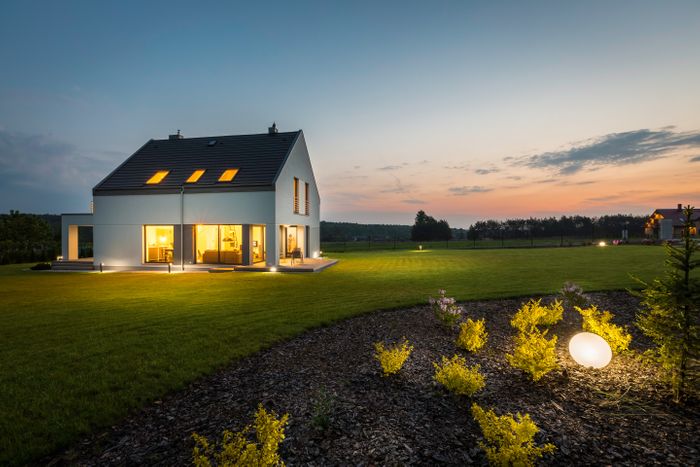
A Stunning Array Of Landscape Lighting Options At The Shelby Design Center
We hope you found the above landscape lighting advice helpful. However, if the prospect of lighting your landscape is still overwhelming, please don’t hesitate to schedule a design appointment with one of our lighting consultants. We’ll help you pick out and place your new landscape lighting in the most effective way for both beauty and functionality.
When it comes to affordable pricing, expert design help, and full inventory of lighting products to meet your every need, you won’t find anyone else like Shelby Design Center. With over 20 years of experience serving our community, we’ve left countless satisfied customers in our wake. So when you’re ready to take your landscape lighting to the next level, drop by our lighting store or schedule a design appointment. We look forward to meeting all your illumination needs!
